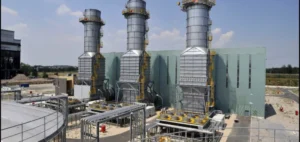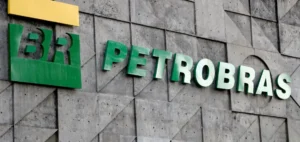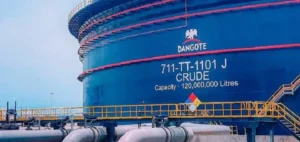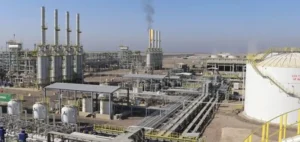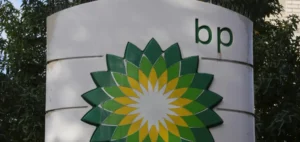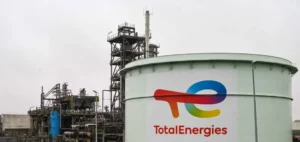Saudi Aramco, the Saudi oil giant, adjusts its official selling prices (OSP) monthly based on market conditions. In March, a significant increase is expected due to the gradual recovery of Asian demand and changes in supply flows related to sanctions on Russian crude.
A Pricing Methodology Based on Regional Benchmarks
Saudi OSPs are typically set by considering market fluctuations, particularly the differentials between spot prices and futures contracts, as well as refining margins in Asia. Saudi Aramco uses an average of Middle Eastern benchmarks, mainly Oman/Dubai, and adjusts its prices based on competition from other crudes, such as those from West Africa or the Atlantic Basin.
According to several independent sources, the OSP hike for March could be significant due to supply constraints and the progressive recovery of Chinese consumption. This development aligns with the stabilization of the Asian market after several months of uncertainty.
Effects of Western Sanctions on Price Structure
Since the imposition of Western sanctions against Russia, Asian refiners have had to adjust their supply strategies. Price cap measures on Russian oil have prompted many buyers to secure volumes from Middle Eastern suppliers. This dynamic has strengthened demand for sour crudes, characterized by higher sulfur content, and influenced price differentials.
Independent studies, including those from the International Energy Agency (IEA) and the Oxford Institute for Energy Studies, confirm that the Middle East remains a preferred supply source for many Asian refineries, despite the gradual diversification of global energy flows.
Arbitrage and Tanker Movements Towards Asia
Meanwhile, specialized publications such as Lloyd’s List observe an increase in oil shipments from the Gulf of Mexico and West Africa to Asia. These new arbitrage patterns could impact Middle Eastern crude premiums depending on logistical costs and the competitiveness of various crude grades available on the market.
Independent oil brokers estimate that China’s sustained demand growth could widen the price gap between different crude grades, particularly Arab Light, Oman, and Basrah. The progression of refining margins in Asia and strategic adjustments by Chinese importers will play a crucial role in price evolution in the short term.
Uncertainty Over U.S. Tariff Policies
Additionally, proposed tariff measures by the United States on energy imports from Canada and Mexico could have indirect repercussions on oil flows. If these taxes were implemented, they could redirect part of North American exports to Asia, intensifying competition among different crude sources in the region.
Some financial analysts believe this development could strengthen the position of Middle Eastern producers, depending on the extent of U.S. import adjustments. However, uncertainty remains regarding the scope and timeline of these measures.
Outlook for the Coming Months
In the medium term, Asian demand dynamics will continue to influence crude prices. Financial institutions such as Goldman Sachs and JP Morgan anticipate continued growth in oil imports by China and India, which would support Middle Eastern crude prices.
The policies of the Organization of the Petroleum Exporting Countries and its allies (OPEC+) will also play a determining role. The group’s production adjustment decisions could shape price structures according to market needs. Finally, Asian refining margins, currently under pressure, could improve with the arrival of the summer season, further boosting demand for the most competitive crude grades.





